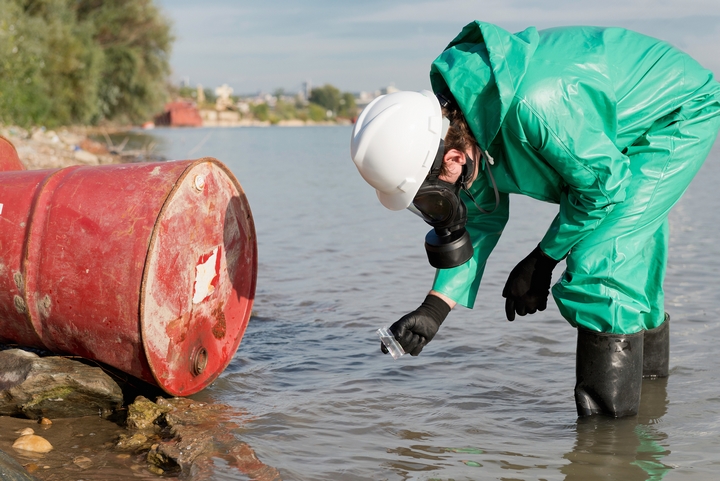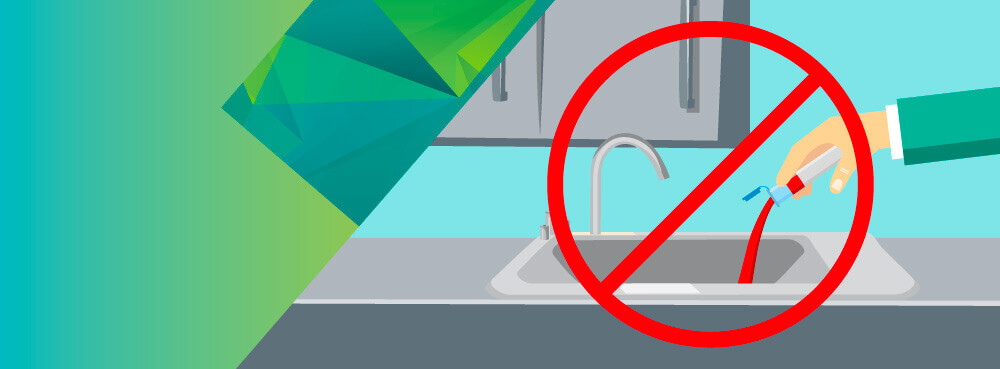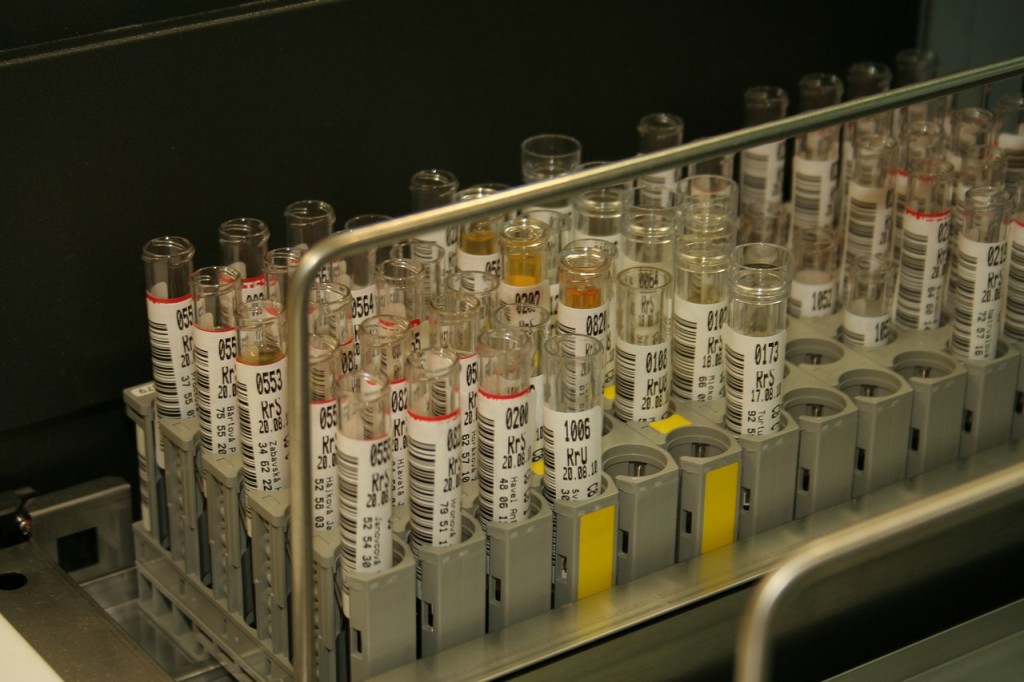Innovative Industrial Wastewater Treatment Solutions: Safeguarding the Environment
Innovative Industrial Wastewater Treatment Solutions: Safeguarding the Environment
Blog Article
Just How Fluid Waste Disposal Functions: A Thorough Introduction of Methods and Technologies Employed

Introduction of Fluid Waste Kind
The complexity of fluid waste types necessitates an extensive understanding of their features and effects for disposal. Fluid waste can broadly be categorized right into several kinds, consisting of commercial, community, agricultural, and dangerous waste. Each category displays distinctive homes, needing particular administration techniques to mitigate ecological and wellness dangers.
Industrial liquid waste originates from making procedures and commonly includes a range of impurities, such as hefty metals, solvents, and natural substances. Community liquid waste, largely making up wastewater from homes and commercial facilities, includes raw material, nutrients, and microorganisms (industrial wastewater treatment). Agricultural fluid waste, consisting of runoff from ranches, may contain plant foods, pesticides, and pet waste, presenting risks to water top quality and environments
Dangerous fluid waste is defined by its poisoning, reactivity, or possible to trigger harm. This classification includes compounds like acids, bases, and particular chemicals that necessitate stringent handling and disposal procedures. Recognizing these diverse fluid waste kinds is vital for developing effective disposal techniques and making certain compliance with ecological policies. Proper classification and characterization are vital for implementing ideal therapy strategies and lessening the adverse effect on public wellness and the environment.
Physical Therapy Methods

Testing is the preliminary step, where bigger bits and debris are removed from the fluid waste making use of screens or grates. In sedimentation tanks, larger fragments clear up at the bottom, creating a sludge layer, while the made clear liquid can be further dealt with.
Filtering is another essential approach that includes passing the fluid with porous products, such as sand or membranes, to record smaller sized particles. This action improves the top quality of the liquid, making it ideal for subsequent treatment processes.

Chemical Treatment Methods
Chemical treatment strategies are vital for effectively taking care of liquid waste, specifically in addressing liquified and colloidal contaminants that physical techniques may not effectively remove. These methods make use of different chemical representatives to neutralize, speed up, or change dangerous compounds right into less dangerous forms.
One typical approach is coagulation and flocculation, where chemicals such as alum or ferric chloride are included in promote the gathering of put on hold particles. This process boosts sedimentation, allowing for easier elimination of the resulting sludge. In addition, oxidation processes, utilizing representatives like chlorine or ozone, are used to damage down complex organic substances and virus, providing the waste safer for discharge or additional therapy.
Neutralization is one more critical technique, which changes the pH of acidic or alkaline waste streams to neutral degrees, protecting against possible injury to downstream systems and the setting. Furthermore, advanced oxidation processes (AOPs) use combinations of oxidants and ultraviolet light to break down relentless pollutants, achieving a higher level of treatment efficiency.
Biological Treatment Processes
Biological treatment processes play an essential function in the management of liquid waste by utilizing microorganisms to disintegrate natural matter and decrease contaminant levels. go to website These processes find more info can be broadly categorized into anaerobic and cardiovascular therapies, each utilizing particular microbial neighborhoods to achieve reliable waste destruction.
Cardio therapy includes making use of oxygen to help with the malfunction of natural products by germs. This process is typically implemented in turned on sludge systems, where aeration tanks give a helpful atmosphere for microbial growth, leading to the oxidation of organic pollutants. The resultant biomass can be divided from dealt with effluent through sedimentation.
On the other hand, anaerobic therapy happens in the absence of oxygen, relying on various germs to break down natural matter. This method is particularly advantageous for high-strength waste, as it creates biogas, a sustainable energy resource, while decreasing sludge production. Technologies such as anaerobic digesters are frequently used in local and industrial applications.
Both cardio and anaerobic biological therapies not only minimize the ecological impact of fluid waste however likewise promote resource recuperation, making them necessary components of sustainable waste monitoring methods. Their performance, effectiveness, and versatility sustain their widespread execution across different fields.
Emerging Technologies in Disposal
Ingenious strategies to liquid garbage disposal are rapidly advancing, driven by advancements in modern technology and an enhancing focus on sustainability. Among these emerging innovations, membrane layer bioreactors (MBRs) have actually gained traction for their capability to integrate organic therapy with membrane layer purification, resulting in premium effluent that can be recycled in numerous applications. MBRs make it possible for smaller sized impacts and more efficient operations compared to conventional systems.
One more appealing advancement is using anaerobic digestion integrated with nutrient anchor healing innovations, which not just treats liquid waste however likewise produces biogas and recuperates important nutrients like nitrogen and phosphorus. This double benefit enhances resource efficiency and lowers ecological influence.
In addition, progressed oxidation procedures (AOPs) are being embraced for the deterioration of complicated organic pollutants. These approaches make use of effective oxidants and drivers to break down contaminants at the molecular degree, supplying an extremely efficient service for challenging waste streams.
In addition, the assimilation of man-made intelligence and device learning in waste monitoring systems is maximizing operational performance and anticipating maintenance, leading to lowered expenses and improved environmental conformity. These innovations reflect a substantial change in the direction of more lasting and efficient liquid garbage disposal practices.
Verdict
In final thought, effective fluid waste disposal demands a detailed understanding of various strategies and innovations. The assimilation of physical, chemical, and biological therapy methods ensures the efficient monitoring of varied waste types. Furthermore, the development of innovative modern technologies improves therapy efficacy and advertises sustainability in waste management methods. By continually advancing these techniques, it becomes feasible to resolve the growing difficulties associated with liquid waste, inevitably adding to environmental management and resource recovery.
Liquid waste disposal is an important facet of environmental management, requiring an extensive understanding of different strategies and modern technologies customized to various waste kinds. Fluid waste can generally be classified right into numerous kinds, consisting of commercial, municipal, agricultural, and hazardous waste. Agricultural liquid waste, including runoff from farms, may contain fertilizers, chemicals, and pet waste, posturing threats to water top quality and communities.
Various physical treatment approaches play a critical role in managing fluid waste properly - industrial wastewater treatment.In verdict, efficient liquid waste disposal necessitates a comprehensive understanding of various strategies and modern technologies
Report this page